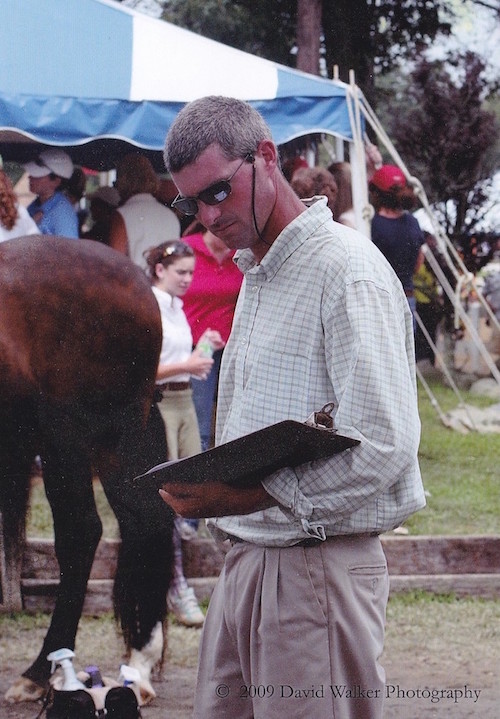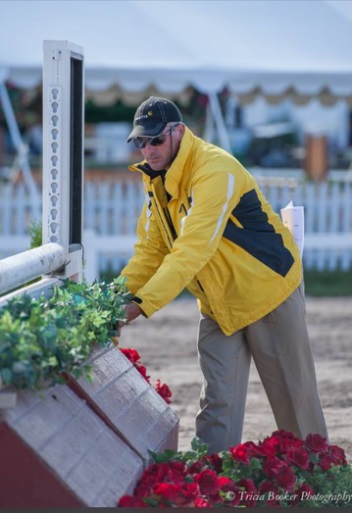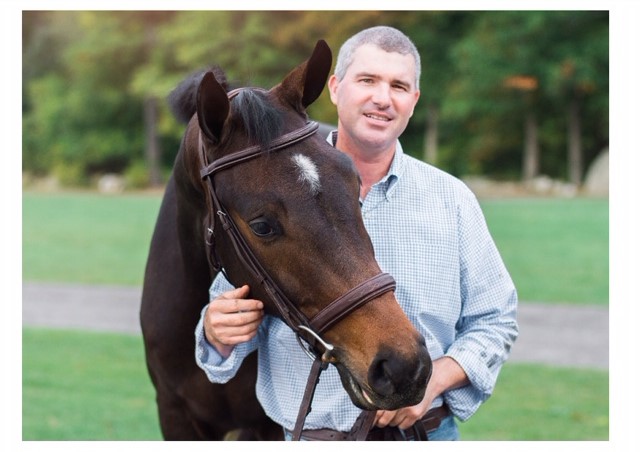How did you first get into course designing?
Actually, I’ve ridden since I was eight years old and there was a small circuit at home. A friend of mine was a manager and he asked me if I was interested in doing it, and I was probably nineteen years old at that point and I’ve been doing it ever since.
What is your favorite aspect of designing a course?
I really like to watch the riders and see what they can come up with in a course that maybe I didn’t see as a plan, you know if they go out there and I had one track in mind, I like to see the creativity in some of the riders to find some different tracks that work out in some interesting ways.
What is the most difficult aspect of designing a course?
Sometimes it’s the long hours, but as far as the course itself it takes a lot of planning to come out the way you want from the paper to the ring. But again, sometimes it’s really the hours.
Where was your favorite place to travel for work?
I do like coming out to the west coast- the shows out here, it’s nice to see different people and different horses.
How do course designers and builders incorporate what we know about horses into course design?
In essence, I think when I build courses I try to make sure if I can to test the riders, test the horses, but to have them go away with a good experience if I can. So working with things like different stridings and those type of things to progress people but not put them in a situation where it’s asking too much of a certain level.
Do you think every rider must know about course designing as well?
Not necessarily, I mean I think it helps if they know a little bit about it. It would help them in the ring, especially in the jumpers, because if they can see certain things from the lens of how we designed them, they can figure it out.


What are your recommendations to young riders to improve their riding skills and course walk?
In essence, I think young riders need to walk as many courses as they can. I see sometimes that they rely on trainers to do it, but what I like to do with my kids is make them walk the courses and they tell me what they think, and then at that point I can talk to them about what might be a different idea or how we might improve upon it. So I think just getting them out there to walk courses and not spoon-feeding it to them through a trainer’s perspective.
What do you want to achieve next?
I’d like to continue on with my training business, I have a nice balance between the course designing and the shows that I go to – I really enjoy the shows I go to – so I’d just like to continue doing what I’m doing!

